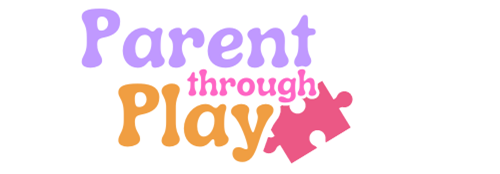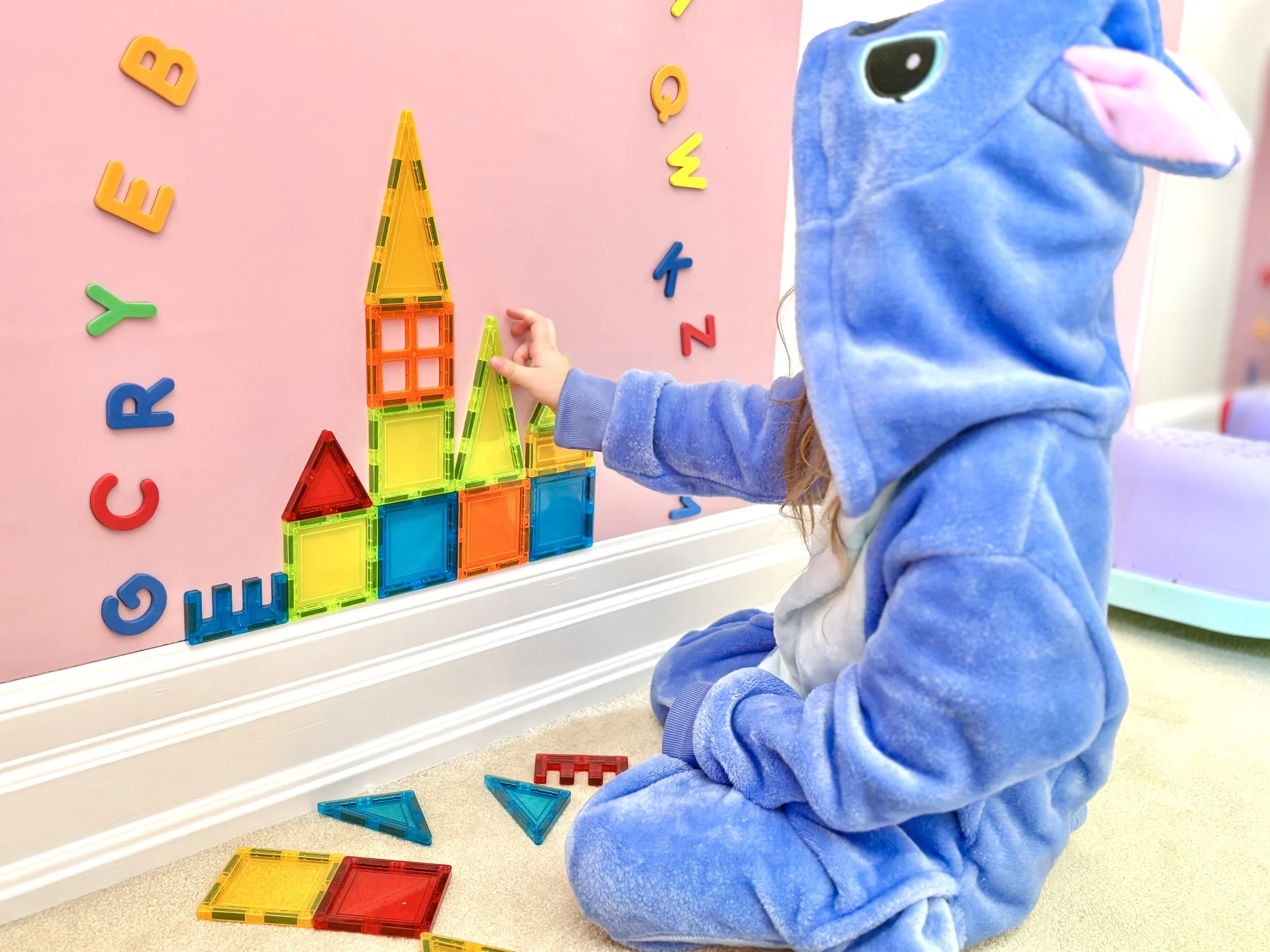Play Room Rotation: Lean In or Let Go?
I think by now, most of us are familiar with the concept of toy rotation. The idea that we switch up the selection of toys we leave out for our little ones so their imaginations stay fresh and engaged. In theory, it makes perfect sense. A weekly or bi-weekly routine to keep things new and interesting. In reality? We commit to the first few weeks, but after that It’s more like every 3 to 6 months, and suspiciously happens around birthdays, holidays, or when we finally trip over one too many Duplo pieces on the playroom floor. As our kids grow, so does the way they play. They start falling out of love with the things they used to cling to; favourite cars, cherished dolls or stuffies, and suddenly, the toy shelf starts to feel pretty dated. So how do we know when it’s actually time to rotate or upgrade based on their development and not just their age?
Let’s start with what we as parents are cleaning up at the end of the day. Are toys scattered everywhere because they’ve been in use? Or are they being dumped like a useless ex on a mission to find the next best thing?
This is where we really need to lean into connective play. The best way to know what’s still meaningful is to get down on the floor and play with them. Some toys that seem too “babyish” might actually still hold a lot of value if your toddler is using stacking rings as rocket ship parts or building submarines out of wooden blocks. What we think is outdated might still be gold in their little creative minds. If you’re noticing your kid is wandering the playroom aimlessly or getting frustrated during free play, chances are there’s too much clutter and not enough inspiration. Too many tools in the toolbox can actually cause overwhelm. Just like us trying to choose a Netflix movie after the kids go to bed (why is that so hard?), too many toy options can freeze decision-making and dull creativity, allowing them (again, just like us), to settle on something that fills our time rather than enlights our minds.
So how do we refresh the playroom periodically without needing to perform a complete overhaul? Here’s what I’ve found helpful:
1. Think Big
Fewer, larger toys can provide a stronger foundation for imaginative play, especially the kind that mimics real-world experiences. A playhouse and tricycle become a drive through window, a laundry basket and beach ball become a new sport. BIG imaginations can spark entire storylines whether it be opening a restaurant or hiding from the big-sibling dragon in the confines of your own castle. Bonus: bigger toys usually mean fewer little pieces to clean up. And I will always take that win.
2. Think Small
Yep, both can be true. Sometimes the upgrade is actually in the tiny details. If your child is ready, introducing smaller, more advanced toys like LEGO, Barbies with teeny accessories, tracing books, or pencil crayons (instead of thick markers) can help them build focus, fine motor skills, and confidence. I’m not saying load your cart with dollar store knickknacks, but if they’re developmentally ready for more intricate play, this is the good stuff. Little tools, little spaces, big learning.
3. Re-Invent What You Already Have
You don’t always need something new, just a new way to engage. Try adding a chalkboard, a magnetic wall, or a craft table. Print out pictures of castles, spaceships, or zoo animals and ask your kids to recreate them with what they already own. Turn your playroom into a scavenger hunt with clues that are visual, tactile, or audio-based. Sometimes just sorting toys by color or shape can bring forgotten favorites back into the spotlight. The truth is, change doesn’t always mean something new. Sometimes, it just means something different. Paying attention to how our kids play, and not just what they’re playing with, can help us know when they’re ready for something more challenging, more open-ended, or just more aligned with who they’re becoming.
Let’s give ourselves permission to stop obsessing over rotating the bins every Sunday night. Instead, let’s focus on watching, listening, and offering the right tools at the right time - the ones that let their little minds explore, create, and grow.
Because that’s the real goal, isn’t it?

